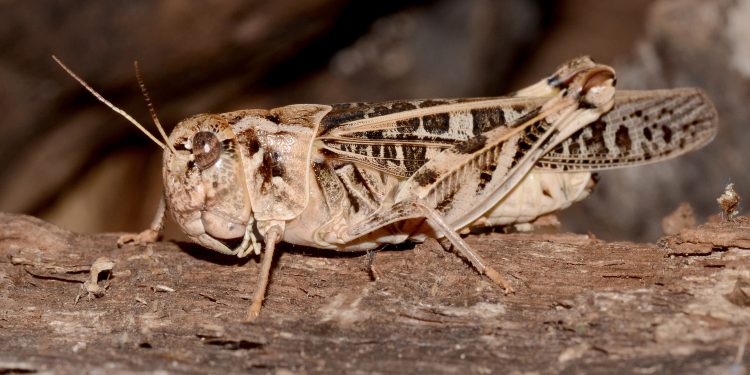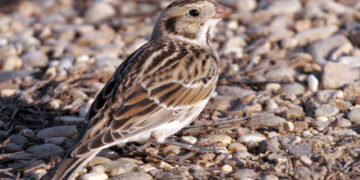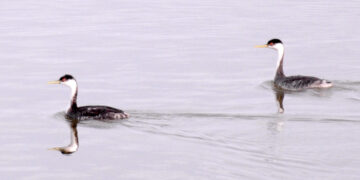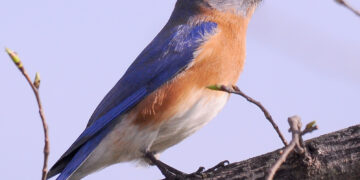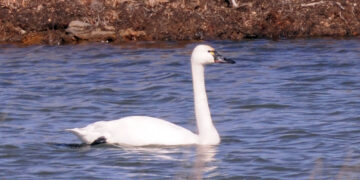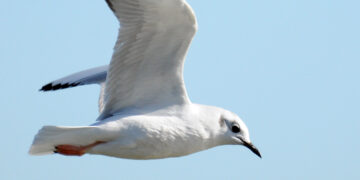You may have seen this week’s featured creature quite a bit lately.
Hippiscus ocelote is a hefty grasshopper with a tough look. However, its common name, wrinkled grasshopper, isn’t very tough at all.
As a kid, impressed with the species’ overall look, I figured they must be called gladiator grasshoppers. I must say I was disappointed to learn the actual common name.
Wrinkled grasshopper? Where are the wrinkles? Well, as it turns out, it has “wrinkles” on its pronotum (thorax). I like gladiator grasshopper better.
The wrinkled grasshopper is thick-bodied, due its bulky thorax, and it is fairly large overall. It is well-camouflaged while in grass, but it stands out when it is on concrete or clinging to the sides of buildings.
And you may have seen these grasshoppers in the past few weeks as you ran errands around town, as they are attracted to lights and wind up lingering around through the next morning.
Interestingly, animals that prey on insects take advantage of this behavior. I recently visited a parking lot which is well-lit at night. I visited in the morning, and many species of birds were present, scooping up these fairly easy to catch meals.
There were many European starlings, and quite a few scissor-tailed flycatchers and western kingbirds. As these grasshoppers are hefty, the birds would bang them around, sort of tenderizing them before eating.
At another parking lot, I observed a Mississippi kite grabbing up the easy meals as well. It’s not entirely unusual to see kites visiting streetlights just after daybreak to scoop up cicadas and grasshoppers, two of their favorite prey items. They also eat dragonflies.
According to entomologists at Oklahoma State University, wrinkled grasshoppers are one of the most readily noticed grasshopper species in late summer throughout Oklahoma. Despite their abundance, they feed primarily on grass and rarely reach pest status.
Appearance
These thick-bodied grasshoppers have large, rounded heads. Females are larger than males and can grow to a little more than two inches, while males are about an inch and a half. They are beige overall, tinged with yellow and gray, and have brownish, leopard-like spots.
Now, this is where it gets interesting. Well, to me anyway.
Wrinkled grasshoppers have two different hindwing color morphs — one yellow, and one orange. As the hindwings are normally hidden by the forewings while the grasshopper is stationary, the morphs aren’t easily seen.
However, these color variations can be seen while the insect is in flight. To put it simply, when these grasshoppers are flushed, you’ll either see an orange blur flying through the air, or a yellow one.
Habitat
These insects typically inhabit fields, pastures and meadows where short grass is prevalent. However, they will also frequent lawns in suburban and urban areas.
Range
Wrinkled grasshoppers are found all over Oklahoma and most of the United States, east of the Rocky Mountains.
Diet
This species feeds primarily on short grasses.
Life cycle
Eggs overwinter in the soil and hatch in early summer.
Hippiscus ocelote are sometimes called, “clumsy” grasshoppers. However, it is often due to big, egg-laden females that are sometimes clumsy in their movements. But that’s understandable.
Editor’s Note: Randy Mitchell is a freelance writer and photographer. He has been an avid birdwatcher, nature enthusiast and photographer for more than 40 years. Reach him at [email protected].
Want to reach a local audience and grow your business?
Our website is the perfect platform to connect with engaged readers in your local area.
Whether you're looking for banner ads, sponsored content, or custom promotions, we can tailor a package to meet your needs.
Contact us today to learn more about advertising opportunities!
CONTACT US NOW